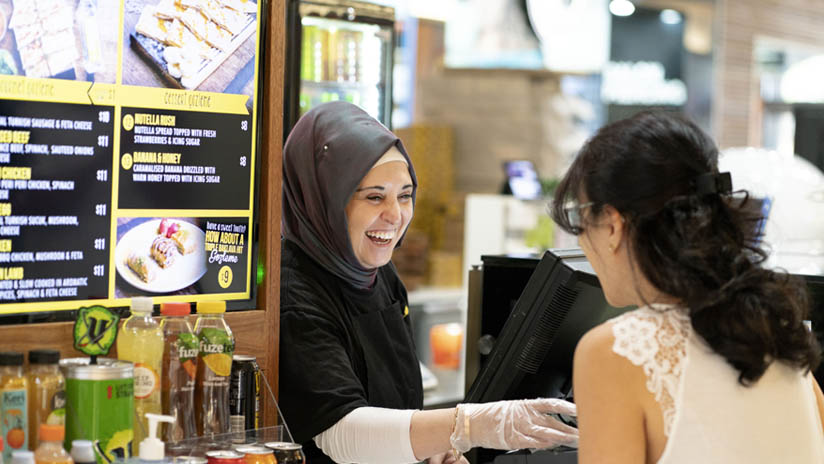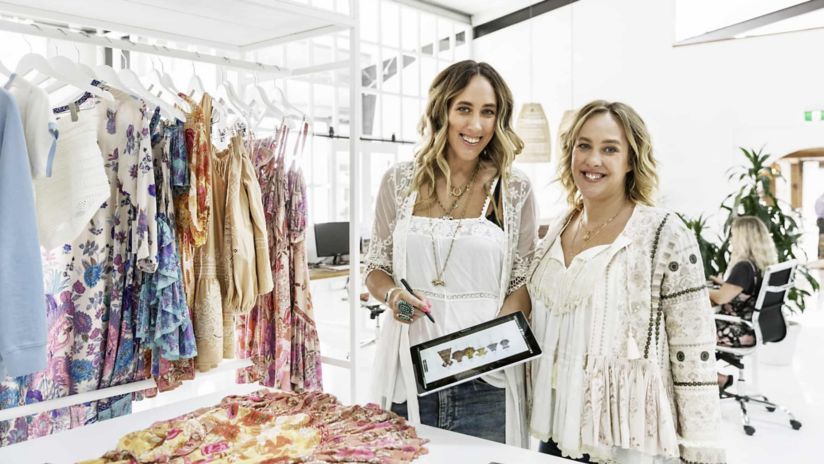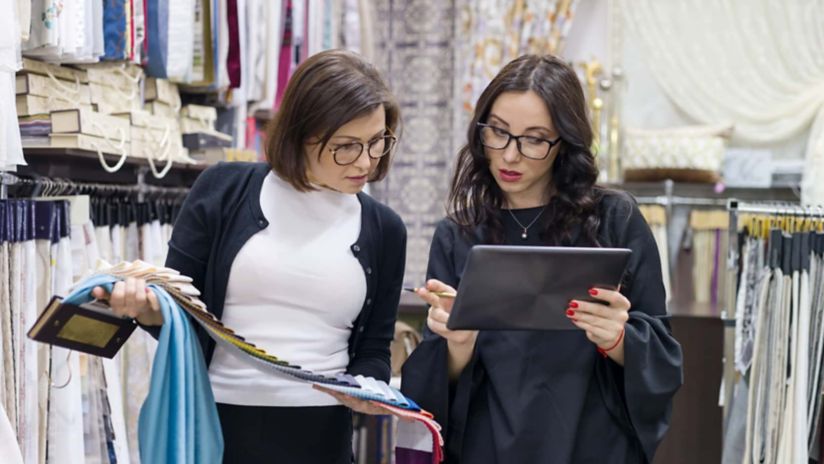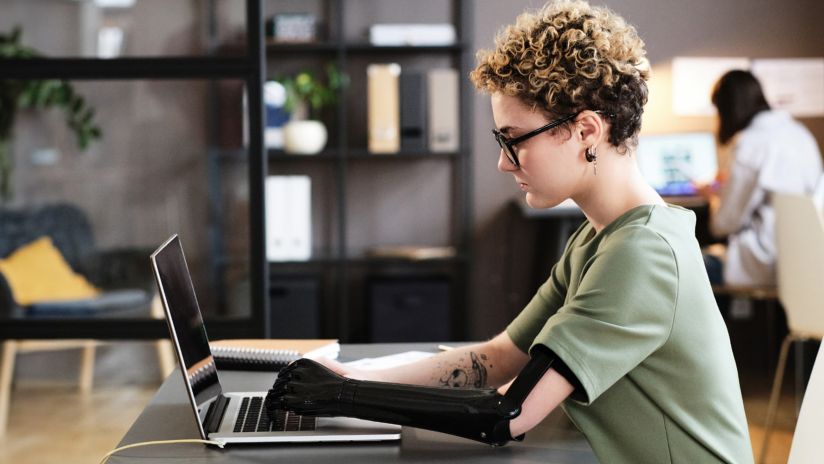Discover the payment methods your customers want

According to Anda Kania, Lead Editor for Payments and Commerce at The Paypers, "the high adoption of alternative payment methods has been happening for a couple of years now, but what we are seeing currently is indeed more like a revolution rather than an evolution.
Ready to join the revolution? From buy now pay later (BNPL) platforms like Afterpay to contactless transactions with debit and Mastercards, keep reading to compare three popular payment methods that may be worth adopting for your business.
Buy now, pay later platforms, like Afterpay
Buy now pay later (BNPL) is a service that allows consumers to purchase goods or services and pay for them in instalments over a period of time. Think of it as a digital lay-by system, one that is growing increasingly popular with Australian consumers. In fact, almost 4 million Australians had buy now, pay later accounts with companies like Afterpay in 2019, reflecting the payment method's growing popularity.
How buy now, pay later works
Buy now, pay later platforms are built on a credit model. Simply put, the BNPL platform makes the payment to your business on behalf of your customer. The customer can then ‘buy now’ and ‘pay later’ in instalments within the terms they’ve agreed to with the BNPL provider you’re working with.
Buy now, pay later providers
Many Australian businesses now offer buy now pay later options. Buy now pay later providers include:
- Afterpay
- Brighte
- Humm
- Klarna
- LatitudePay
- Openpay
- Payright
- Zip Pay
How buy now, pay later systems benefit both businesses and customers
Business benefits
Offering BNPL could make your business more attractive to new customers who prefer this payment method. It may also help you increase your average checkout total by encouraging customers to purchase more expensive items.
Customer benefits
While credit cards often have strict approval processes and high fees, BNPL offers near-instant approval with more lenient lending restrictions. This makes BNPL a more inclusive payment method.
Third-party payment processors, like PayPal
As described by global payments processor Bambora, a third-party payment provider is an entity that helps you receive payments online from your customers without first setting up your own merchant account with a bank.
How third-party payment providers work
These services are a payment processor between online vendors, on auction sites like eBay, as well as directly between businesses and customers. They charge payment processor fees for the transfer, and they come with benefits such as one-click transactions and payment security.
Third-party payment providers
Many Australian businesses now offer customers this flexible payment method. Third-party payment providers include:
- PayPal
- Stripe
- Google Checkout
- Amazon Payments
- Payoneer
How third-party payment providers benefit both businesses and customers
Business benefits
Processing transactions with a third-party payment provider can be cost-effective when compared with setting up merchant accounts. Adopting this payment system is also relatively simple and quick.
Customer benefits
Third-party payment services help customers to make secure online payments with features like fraud prevention and added security policies.
Contactless payments, via solutions like Tyro
The term contactless payment refers to a payment method consumers can use to purchase products or services using a debit, credit, smartcard, or another payment device by using radio frequency identification (RFID) technology and near-field communication (NFC).
How contactless payments work
To use this payment method, customers tap their card or other device near a point-of-sale terminal equipped with contactless payment technology. Some banks and retailers also refer to this payment method as tap-and-go, or EFTPOS.
Customers can make contactless payments with many cards and/or devices, including but not limited to:
- Credit cards like Mastercards
- Debit cards
- Google Pay
Contactless payment service providers
- Tyro
- PayPal
- Sumup
How contactless payments benefit both businesses and customers
Business benefits
Contactless payments help provide a safe and secure checkout experience for both your customers and your business. Contactless transactions are also fast, helping you serve customers better during busy trading times.
Customer benefits
Contactless payments provide a fast, convenient alternative to credit cards or cash. They’re also thought to be good for health and safety, with 79% of Australians agreeing that contactless payments are a cleaner way to pay*.
Of course, no one type of payment is best, and the payment methods you offer will largely depend on the needs of your business. Before you make your decision, always make sure you understand how the different methods work, and that you understand how your customers want to pay for goods and services in your industry. * According to Telstra Business Intelligence Survey 2019
This article does not necessarily reflect the views of Telstra or its staff.
Want a convenient and portable payment solution for your business?
Make sales from the palm of your hand with pocket-sized, portable EFTPOS. Connected via Bluetooth to your smart device, Tyro Go gives you freedom to take payments on the go.
Explore more on this topic
Want fast, simple, and innovative EFTPOS for your business?
Make your first $15K of sales fee-free, plus access flat-rate payments with no lock-in contract, when you take up Tyro with Telstra.




